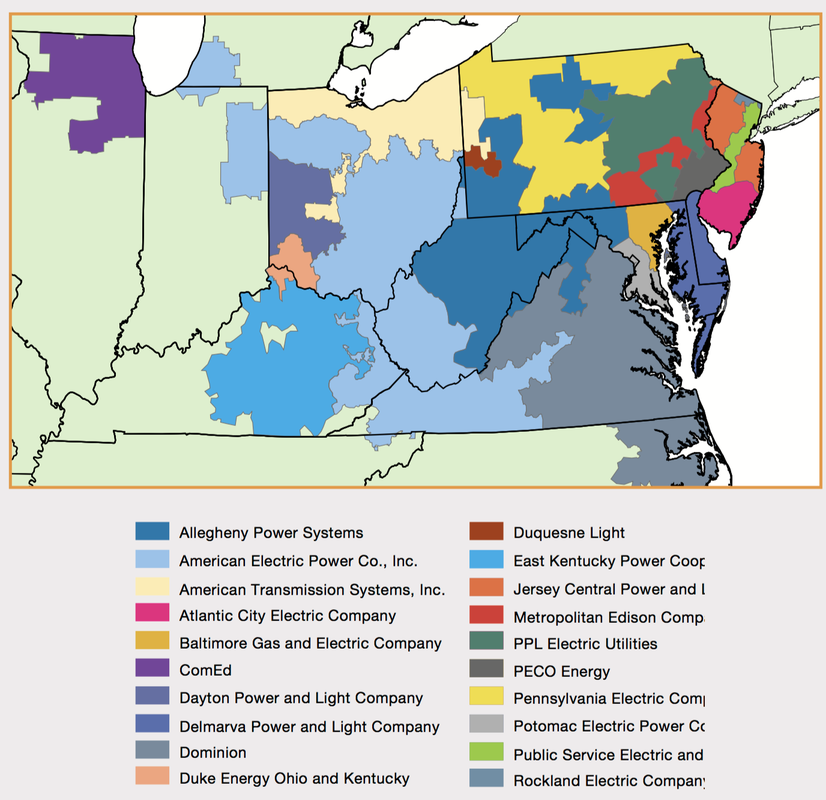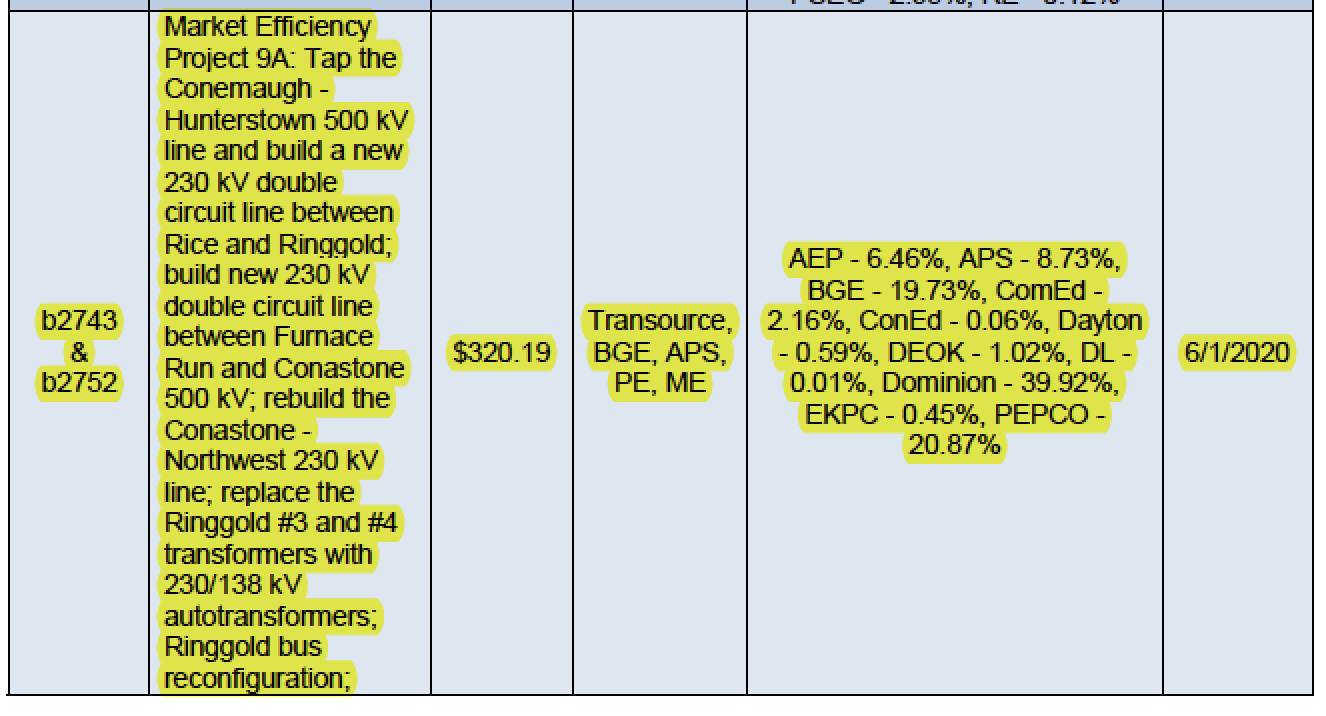At a press conference last week, RAGE shared its initial brief to Administrative Law Judge Gail Cookson at the New Jersey Board of Public Utilities in the matter of the MCRP. The brief is a summary of evidence leading to legal conclusions, and RAGE's brief was stunning. JCP&L "expert" witnesses were systematically unmasked and dispatched to the Land of Corporate Biased Quacks. JCP&L was demonstrated to have mislead the public about the MCRP, including hiding the true evolution of its project. The MCRP was dreamed up and a route chosen before PJM Interconnection found a need for it and ordered it to be built. And speaking of PJM, they didn't escape the dead-eye scrutiny of RAGE's legal team, who remarked:
The participation of Mr. Sims [PJM witness] in this proceeding as an enthusiastic cheerleader for an expensive and blighting transmission project even after being presented with a feasible non-generation solution to the P7 contingency raises very serious questions about the neutrality of PJM. As is the case with other RTOs, PJM is by law and FERC decisions supposed to be scrupulously neutral. While this is ordinarily taken to mean that it cannot discriminate in favor of one or more member utilities or independent power producers, it also means that PJM cannot be in the business of advocating a solution that has been given an “exclusive” to one of its member utilities. The Board should express condemnation of PJM’s role in this case.
During testimony, RAGE unveiled its alternative to the transmission line plan — an alternative the group says would cost 70 percent less, and present less danger to the community.
The group’s solution, backed by a power flow analysis and an engineering expert, includes the addition of two STATCOM devices — each about the size of an RV — at the Red Bank substation. It also calls for updating 11 of the existing 34.5 kV lines coming out of Red Bank.
“That’s it — all you need to do is update some existing lines that probably need replacing anyway, and add two big boxes to Red Bank, Kanapka said. “Do these two things and the P7 violation goes away, for a total estimated cost of just $30 million.”
In its most recent estimate, JCP&L said their project could cost $111 million, and that does not include the fee for usage of NJ Transit’s property.
I fear all we have done is to awaken a sleeping giant and fill him with a terrible resolve.
Not only has RAGE excelled at the regulatory game, it's also on top of its political game. Numerous candidates for elected office have fully endorsed RAGE and voiced their opposition to the MCRP. Good luck on election day to RAGE and its supporters!
What's next for this wildly successful transmission opposition group? Reply briefs to the BPU judge, an opinion on the MCRP from the judge, and then the entire case record is forwarded onto the BPU Commissioners for final decision.
My money's on RAGE for the win!



 RSS Feed
RSS Feed